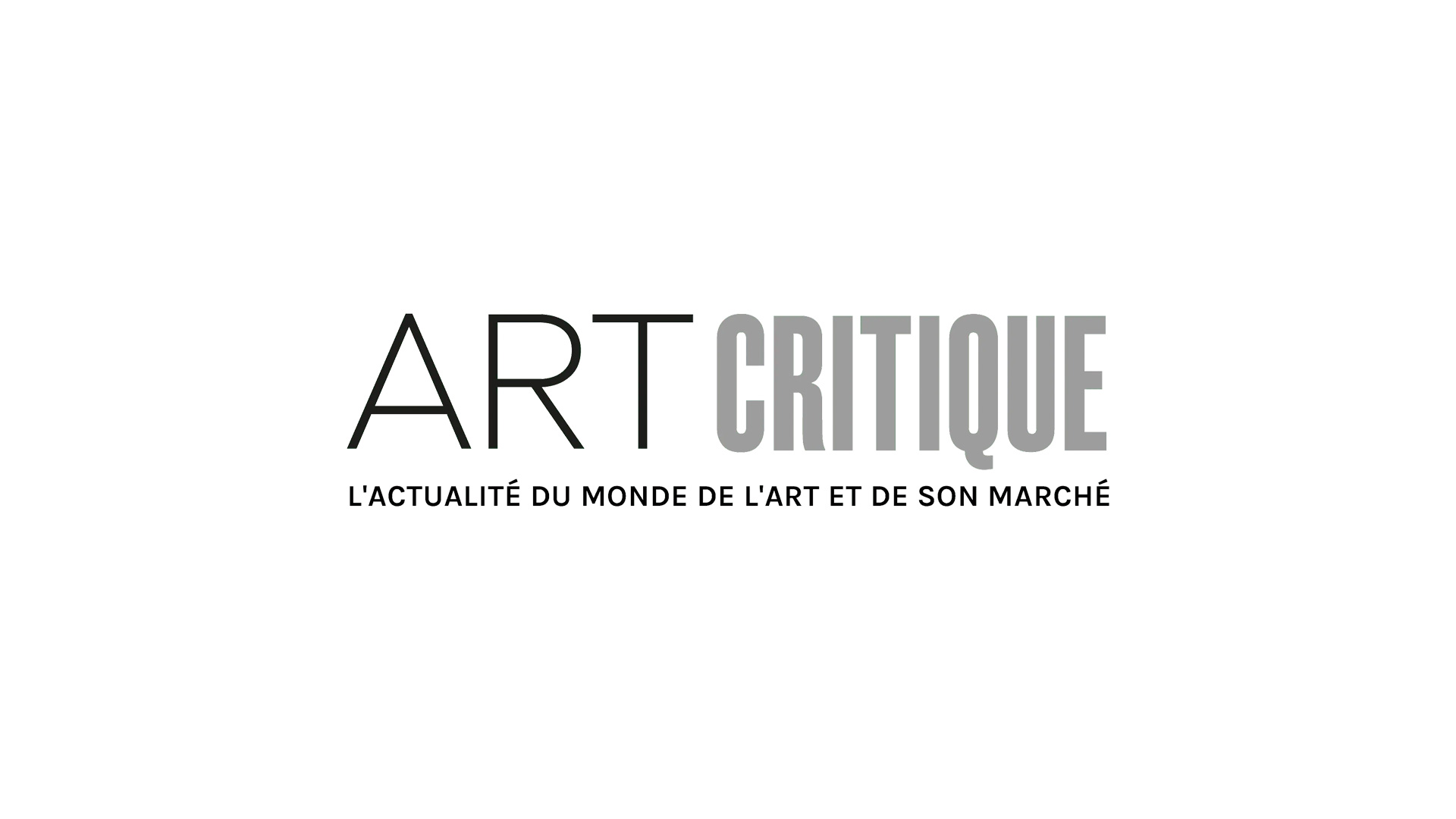Recently, a number of British institutions pledged to make serious efforts to reduce their carbon footprint to help reduce our impact towards issues around global warming. Now, Tate Modern, along with Tate Britain, Tate Liverpool, and Tate St. Ives have announced their new plans to reduce their emissions. The director of Tate Galleries said their commitment to sustainability was in response to artist Olafur Eliasson who, earlier in July, saw his mid-career survey open at Tate Modern.
The galleries have announced that by 2023, they hope to have reduced their carbon footprint by 10 percent through the implementation of a green electricity tariff. To reduce their overall footprint, the museum will have their restaurants utilize more sustainable means by which they source their food. They will also offer more vegetarian and vegan options for visitors. In addition to the visible changes at their restaurants and cafes, the museum will invoke changes in how the museum travels. For museum administration, they will be required to acquire a ‘train-first’ policy for all work-related travel.
On July 8th, Tate held a panel discussion alongside London Climate Action Week, Eliasson himself, and various climate experts and activists. Entitled ‘Art in Real Life: Addressing the Sustainability Challenge,’ the event is much in part responsible for the changes coming through across Tate Galleries. When his retrospective began, Eliasson told artnet News that he didn’t ‘want to use a fear-based narrative’ when it came to the topic of our environmental situation but that today, ‘we are living in a climate emergency,’ and it seems that Tate has listened to what he and many others had to say. It also seems that Tate has heeded the pleas of many protesters that held a number of demonstrations as part of Extinction Rebellion, an activist group. Just prior to the panel, the group organized a mass demonstration across five UK cities to raise awareness.
Tate has not always had the best track record for issues of climate. For 26 years, BP was a main sponsor for the institution and thus Tate was often caught up with protests centreing around their involvement with the oil company. That partnership ended just a few years ago in 2016.
‘We have reached a defining moment in the history of our planet and the cultural sector has a unique part to play in effecting change,’ read the statement from the director of Tate. ‘Our pledge is to respond with actions across all four Tate Galleries, and at our stores, that put this centre stage […] As our audiences and communities across the world confront climate extinction… we must shine a spotlight on this critical issue through art. That’s why we pledge to make our long-term commitment ambitious in scope. We will interrogate our systems, our values and our programmes, and look for ways to become more adaptive and responsible.’
It is this type of adaptability that Tate Galleries, and others like it, will need to lead the progress of managing the mark we leave. Sure, it might be a ploy to appease the masses but it might be a concerted effort to do better. Either way, it is progress, progress which will only become more and more necessary.
Edited: June 12, 2020 for spelling error.





